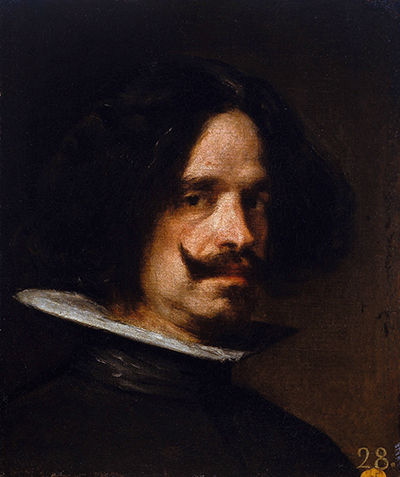Self Portrait
This extraordinary self portrait by Diego Velazquez arrived in 1640 and is now held in the collection of the Museu de Belles Arts de València

To see how this artist saw himself is beautiful in itself, even before you consider the magnificent tonal qualities that Diego Velazquez could place into all of his facial portraits.
The Museu de Belles Arts de València is one of the most prestigious art museums in all of Spain and also features famous paintings by the likes of El Greco and Goya as part of a considerable collection of art from the 14th to 17th centuries.
Art historians consider self portraits amongst the most important artworks in their research around specific artists. They can uncover deep thoughts and opinions about the respective artists, some which they may not have been willing to communicate openly.
There have also been a significant number of portraits of artists by other close friends and these reveal plenty about their own relationships. For example, there are several portraits of Claude Monet by other significant artists from the impressionist era and these help us to understand the way in which this master was seen at that time. Pierre-Auguste Renoir produced some of the finest.
In terms of Diego Velazquez himself, of course the most famous self-portrait that he painted is seen in the complex composition of Las Meninas. That painting remains his most famous artwork and is unique during the Baroque period in that the artist places himself as a surprise guest. To do such a thing in the modern day would be considered a cliche, but the first to do it is always someone of flair and creativity, particularly considering the relatively traditional attitudes to art that existed during the Baroque period.
Las Meninas was completed in 1656 and by this time the artist had made a whole plethora of self portraits, making this element of that masterpiece the result of years of study and development. This extraordinary painting holds elements of interest right across the canvas, making it a piece of endless interest and discovery.